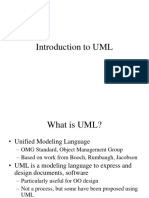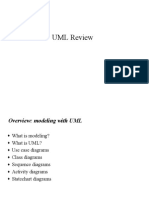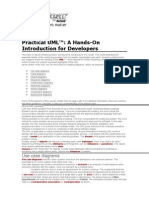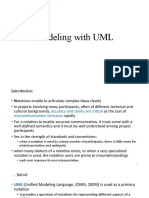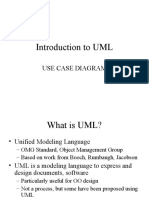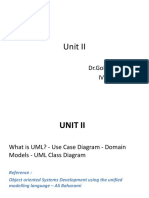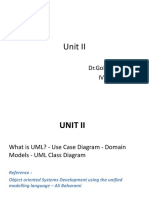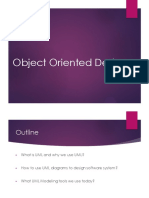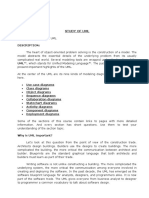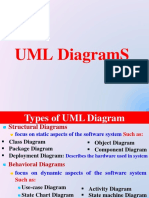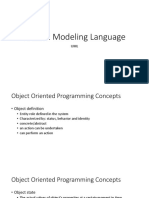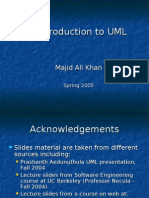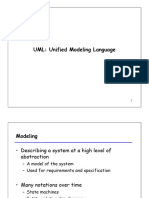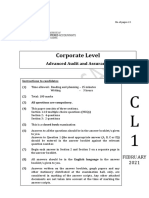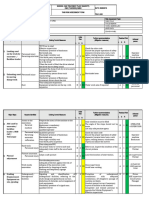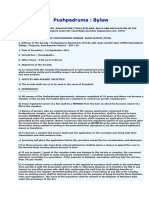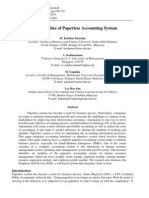0% found this document useful (0 votes)
71 views39 pagesLecture 8 Modelling Using UML
Uploaded by
mennasolimanali2Copyright
© © All Rights Reserved
We take content rights seriously. If you suspect this is your content, claim it here.
Available Formats
Download as PPTX, PDF, TXT or read online on Scribd
0% found this document useful (0 votes)
71 views39 pagesLecture 8 Modelling Using UML
Uploaded by
mennasolimanali2Copyright
© © All Rights Reserved
We take content rights seriously. If you suspect this is your content, claim it here.
Available Formats
Download as PPTX, PDF, TXT or read online on Scribd
/ 39



